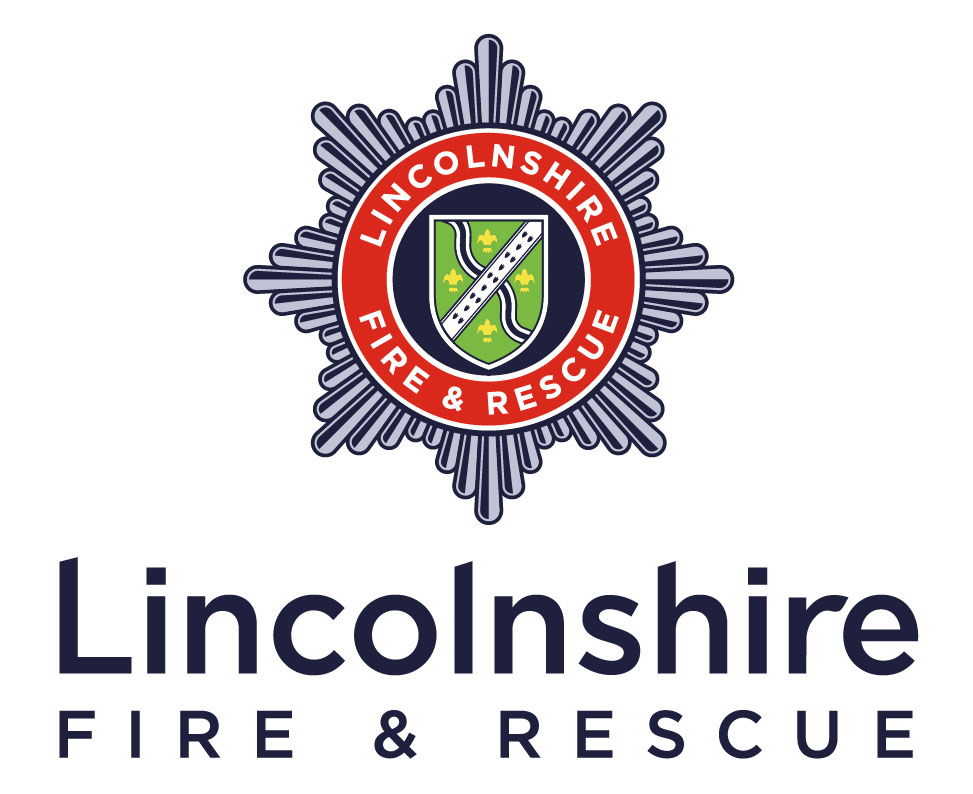We monitor our progress on all responses to community safety activity.
Our current key priorities are to:
- reduce fires
- reduce road traffic collisions
- improve health and wellbeing
To find out how we are performing, view the council business plan.
Types of incidents in Lincolnshire 2023-24
| Type of incident | Number of incidents | Percentage |
|---|---|---|
|
First responder or co-responder incidents (responding to emergency medical incidents with the ambulance service) |
413 | 6% |
|
Other special services (such as industrial or agricultural incidents to save lives and use of equipment to make an area safe) |
1,638 | 24% |
|
Primary fires (commercial premises, dwellings, vehicles in use) |
878 | 13% |
|
Secondary fires (waste land, fly tipped rubbish, abandoned vehicles and derelict buildings) |
759 | 11% |
|
False alarm by automatic apparatus |
1,382 | 21% |
|
False alarm (good intent) |
782 | 12% |
|
Road traffic collision |
742 | 11% |
|
False Alarm (malicious intent) |
49 | 1% |
|
Chimney fire |
43 | 1% |
Response times
We measure our response times by using a 'drive time' model. This uses the speed that a fire engine can travel, based on the type of road.
An allowance factors in the time it takes for the fire engine to start travelling. It allows:
- two minutes for wholetime firefighters
- five minutes for retained firefighters
Our response standards are:
- we will respond to dwelling fires within an average of 11 minutes for the first fire engine
- we will respond to all other incidents within an average of 15 minutes for the first fire engine
We investigate all occasions where the response time has not been met.

